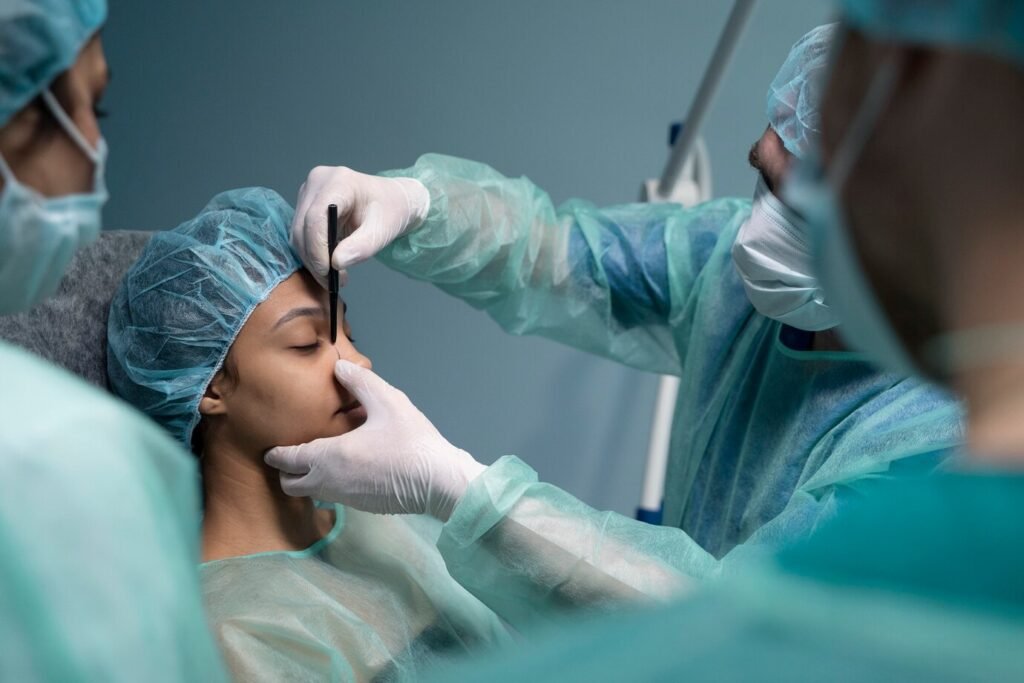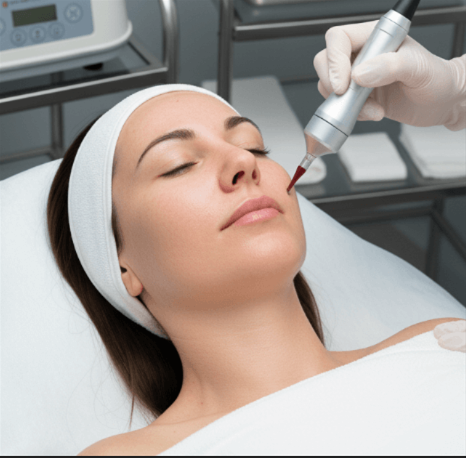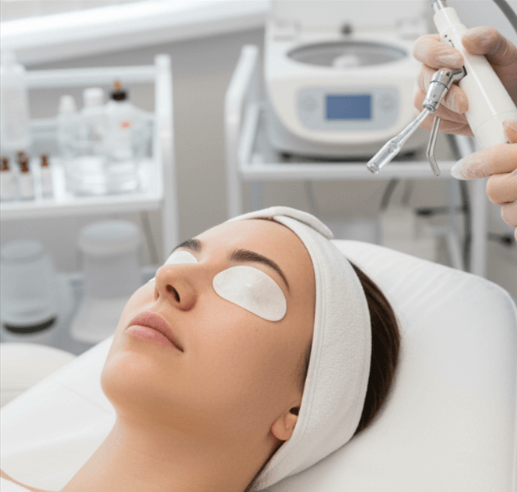Seoul, South Korea, is renowned worldwide for its expertise in double eyelid surgery, attracting thousands of international patients annually. If you’re a foreigner considering this life-changing procedure in Seoul, it’s essential to understand the entire process—from initial research to recovery. This detailed step-by-step guide will help you navigate your journey smoothly, ensuring you get the best results with minimal stress.
Step 1: Research & Choose the Right Clinic
What to Consider:
- Surgeon’s credentials and specialization (look for board-certified oculoplastic surgeons)
- Clinic reputation and patient reviews (especially from international patients)
- Before & after photo galleries specific to double eyelid surgery
- Language support (English, Chinese, Japanese, Arabic)
- Clinic’s facilities and technology (3D imaging, digital simulation)
- Transparent pricing and package offers
How to Research:
- Use trusted medical tourism websites and forums
- Contact clinics directly via email or social media for inquiries
- Ask for virtual consultation options if available
Step 2: Initial Consultation (Online or In-Person)
Online Consultation:
- Submit photos and fill out medical history forms
- Discuss your goals, concerns, and preferred crease style
- Receive a customized surgical plan, estimated costs, and recovery expectations
In-Person Consultation:
- Detailed eye examination by the surgeon
- 3D digital simulation of your post-surgery look
- Discussion of surgery methods (incisional, non-incisional, mini incision)
- Clarification of risks, downtime, and aftercare
Step 3: Scheduling Your Surgery & Travel Plans
Booking:
- Confirm surgery date with the clinic after consultation
- Ask about deposit requirements and payment methods
- Confirm what the surgery package includes (anesthesia, meds, follow-ups)
Travel Tips:
- Book flights and accommodation near the clinic (Gangnam or Apgujeong areas are popular)
- Plan to stay at least 7–10 days for recovery and follow-up visits
- Purchase travel insurance that covers medical procedures if possible
Step 4: Preparing for Surgery
Health Preparations:
- Avoid smoking and alcohol for at least 2 weeks before surgery
- Avoid blood-thinning medications or supplements unless approved by your surgeon
- Get any required pre-op tests done (blood work, COVID-19 test if needed)
Packing:
- Comfortable clothing and head elevation pillows for recovery
- Eye masks, sunglasses, and skincare products recommended by the clinic
- Contact details for clinic coordinator and translator
Step 5: The Day of Surgery
- Arrive at the clinic on time, following fasting or medication instructions
- Meet your surgeon and anesthesiologist for a pre-op briefing
- Surgery typically takes 30–90 minutes under local anesthesia with mild sedation
- You’ll be monitored in a recovery room before discharge (same day for most cases)
Step 6: Post-Operative Care & Recovery in Seoul
Immediate Care:
- Use cold compresses to reduce swelling for the first 48 hours
- Take prescribed medications on schedule
- Avoid strenuous activity, heavy makeup, or rubbing your eyes
Follow-Up Visits:
- Return to the clinic for stitch removal (if non-dissolvable sutures used) around day 5–7
- Additional check-ups at 1 month and 3 months for monitoring healing
- Some clinics offer optional lymphatic massage or LED therapy for faster recovery
Step 7: Exploring Seoul During Recovery
- Choose light, relaxing activities like visiting parks, cafés, or museums
- Avoid crowded or smoky places that can irritate eyes
- Use sunglasses outdoors to protect your eyes from sun and dust
Step 8: Final Results and Long-Term Care
- Swelling gradually subsides over 1–3 months
- The crease will soften and blend naturally with your eyelid skin
- Maintain eyelid health with gentle cleansing and moisturizing
- Avoid rubbing or pulling your eyelids to prevent crease disruption
Bonus Tips for Foreign Patients
- Language Assistance: Choose clinics with dedicated coordinators who speak your language
- Medical Tourism Packages: Some clinics offer bundled services including airport pickup, accommodation, and translator services
- Emergency Contact: Keep clinic emergency numbers handy in case of unusual pain, bleeding, or infection
- Budget for Extra Costs: Account for optional add-ons like ptosis correction, epicanthoplasty, or scar management treatments
Final Thoughts
Getting double eyelid surgery in Seoul as a foreigner can be a smooth, rewarding experience when you follow this step-by-step guide. From careful clinic selection to proper aftercare, planning ahead helps you enjoy safe surgery and natural, beautiful results.




